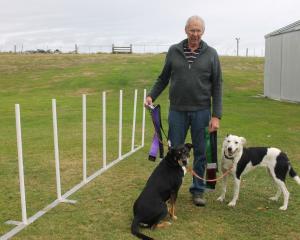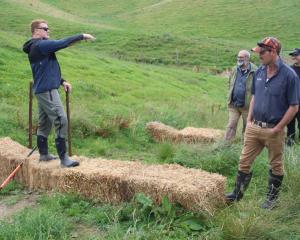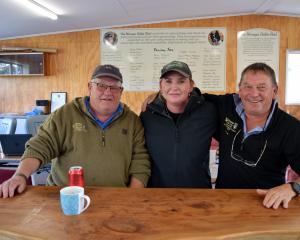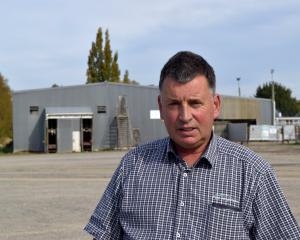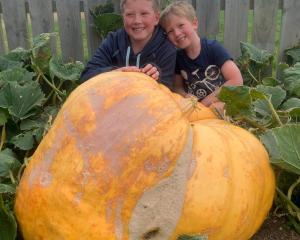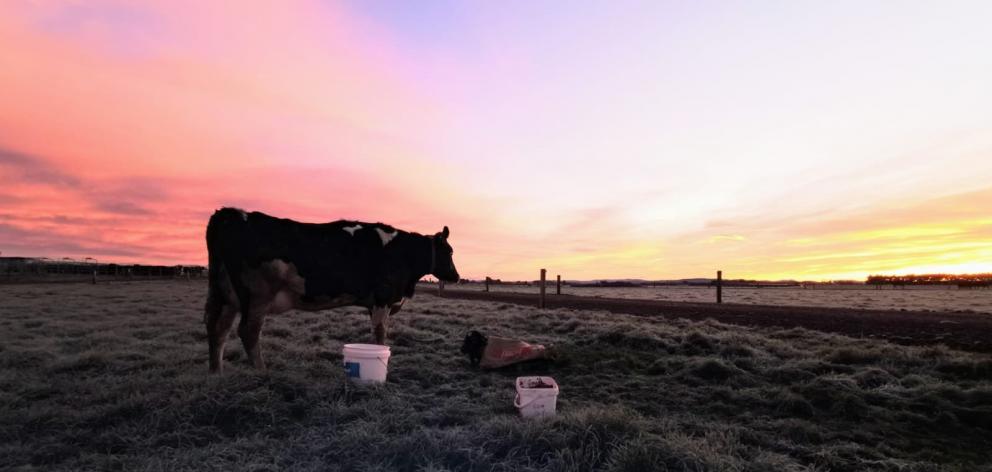
DairyNZ senior scientist Dawn Dalley said about 60 people registered and 39 signed in to the virtual field day on July 23.
"For the time of year we are happy with numbers and we may look at doing combination [on farm and virtual] days in the future.
"It is still really important to get people on to the hub farm to be able to see and touch the research we are doing there."
In addition to providing information about current on-farm research in the four farming systems, she summarised current and future research projects including a proposed project to design, fund, build and research infrastructure to winter cows off paddocks with a target build cost of $500 per cow.
The 350ha hub near Wallacetown is both a commercial dairy operation and a research farm and runs four different farming systems and is starting its fourth lactation.
There are four herds of 170 to 200 cows.
Two herds winter on kale and two on fodder beet, and measurements look at various metrics including nitrogen leaching, pasture and crop growth and quality, animal performance, body condition score management, and blood phosphorous levels and system profitability.
Nitrogen leaching was greater from kale paddocks compared to fodder beet.
"The lower impact fodder beet system has not performed as well financially but has the best environmental performance.
"Fodder beet systems are more complex to implement and require more attention to detail to grow, plus it is important to transition stock carefully, but the team found it easier to put on body condition on cows over winter."
However, meeting crude protein requirements on fodder beet was more difficult and to achieve higher protein intakes it would mean feeding more supplements, which erodes the economic benefits of that crop.
Researchers have measured the replacement calves and observed that calves from cows fed fodder beet are smaller at birth.
"Crude protein deficiencies in late pregnancy may be contributing to this size difference, so the research is following the calves through to their first lactation to determine whether it affects lactation performance.
"We may need to provide more protein like baleage, otherwise it could impact their lifetime performance."
Each farm system has four paddocks of high ranked and four low ranked ryegrass cultivars from the Forage Value Index.
This season they found the lower ranked cultivars flowered earlier and for longer than the higher ranked cultivars.
Clover content and growth response was measured when differing levels of nitrogen fertiliser was used.
"We have been really surprised at how quickly the pastures responded in terms of clover content, with more clover growing when we used less N fertiliser."
Lower impact paddocks contained an average 18% clover compared to 9% for standard systems.
A recently completed study looked at lying times and feeding behaviour of cows across a range of weather and soil conditions.


